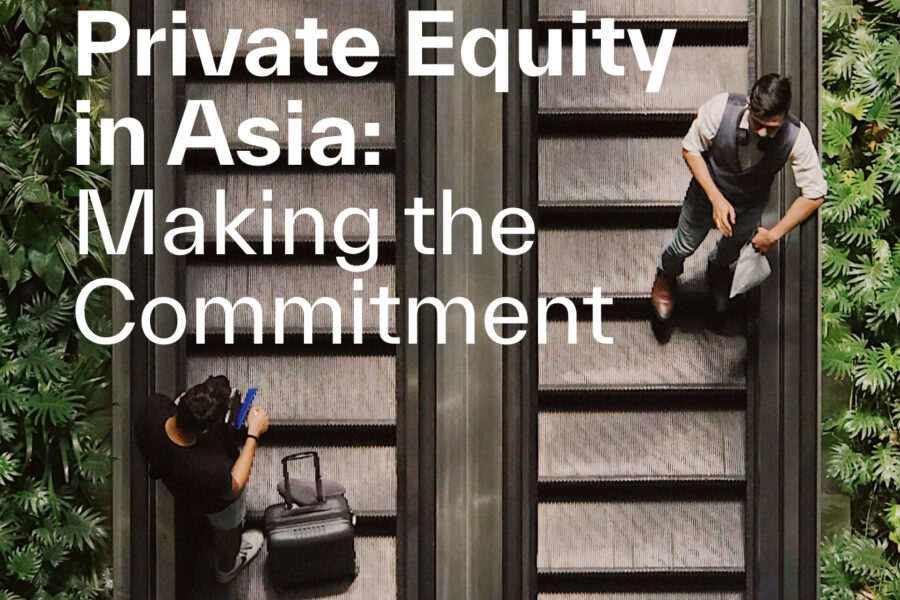Human Rights Transparency Builds Trusted Brands
According to the United Nations, “businesses can have an impact on the entire spectrum of internationally recognised human rights”. Impacts can include anything from addressing modern slavery in the supply chain to discrimination in the office. Credible corporate sustainability strategies must address these issues, but how?
‘Due diligence’ is critical for brands and may even be legally required. In this process, businesses actively identify, prevent, and mitigate adverse human rights impacts throughout their value chains. Leading brands like Tony’s Chocolonely, adidas, and Patagonia have also shown that transparently communicating human rights information is equally important for sustainability strategies, not only for compliance, but to build trusted brands.
Stakeholders expect brands to address human rights
Demand for corporate action on human rights is real and growing. A 2021 survey of 27,000 consumers from around the world found 88% prioritise buying from companies with ethical sourcing strategies. Almost two-thirds of 18–24-year-olds went a step further, saying they would never buy from a company that is accused of working with unethical suppliers. At the investor level, the Investor Alliance for Human Rights pushes for robust corporate human rights policies. The organisation counts over 200 institutions managing more than US$10 trillion among its members.
These expectations are even being reflected in legislation. Businesses in Australia, the United Kingdom, and California must now disclose their steps to eliminate modern slavery in their supply chains. In a move with global implications, the European Union may soon require thousands of EU and non-EU companies to proactively conduct human rights and environmental due diligence.
Yet beyond compliance, brands can lead by prioritising these issues. A purpose will drive all brand actions when sustainability is holistically embedded in brand building. From strategic decisions to marketing messages, transformative effects can span beyond the balance sheet.
A brand with a social purpose or a purpose supported by a brand?
The mission at Tony’s Chocolonely—to source and provide 100 percent slave-free chocolate worldwide—began from an investigative journalist’s discovery that almost none of the chocolate produced at the time was slave-free. After futile attempts to transform the industry through his journalistic efforts, the founder gave birth to a brand to support his purpose to end child and forced labour in our chocolate supply chains. The colourful chocolate bars became a commercial success overnight, selling 20 thousand bars in a span of two days.
Tony’s Chocolonely’s engaging video and website content, and transparent annual reporting, also builds belief in their brand promise to be “crazy about chocolate, serious about people”, while helping to lead their competitors to rightly do the same for metamorphic change to this industry.
What this clearly demonstrates is when social purpose is innate in the brand’s DNA, supported by clear performance metrics, brands can successfully attract consumers through human rights transparency.
Transparency builds trust
More than ever, stakeholders need to see this evidence that brands are ethical and sustainable. According to a 2020 survey, when consumers choose a product with sustainability in mind, 84% say brand trust is important. More than half conduct “substantial amounts of research” before making purchases. Transparent and holistic brand communications through stories, policies, practices, partnerships, and human rights reporting will deliver consumers the information needed to decide whether a brand is trustworthy.
adidas, one of the world’s most trusted brands according to multiple surveys, has successfully differentiated itself by integrating sustainability into its brand and strategy. As an apparel company with a vast network of suppliers, human rights is a key topic for adidas. The company responds with detailed information about its impacts and supply chain in its annual report, and it doesn’t shy away from discussing challenges. Since 2014, the company openly publishes summaries of third-party complaints about potential human rights abuses in its value chain and describes how it investigates and remedies each case. This commitment to transparency has helped make adidas the top-ranked apparel brand in the World Benchmarking Alliance’s Corporate Human Rights Benchmark, well above competitors like Puma, Nike, and Under Armour.
For companies that are just beginning their journey, partnerships with experts like the Mekong Club, that are committed to addressing the issue of modern slavery through a business-to-business approach, are a sound way to move towards transparency (read about our brand strategy, design, and digital work for The Mekong Club here).
Leading standard setters agree–every business must address human rights
Sustainability standard setters are also emphasising the human rights reporting imperative. Recent updates to one of the world’s most popular sustainability reporting standards, the Global Reporting Initiative (GRI) Standards, emphasise this critical topic. Among other things, the updates require all organisations using the GRI Standards to report on human rights-related topics, including due diligence, human rights policies, and stakeholder engagement.
With over 10,000 organisations globally reporting according to the GRI Standards, the updates will reinforce stakeholder expectations for more human rights information. Brands can meet those expectations and build trust by including human rights reporting in broader sustainability strategies. For more information about the updates to the GRI Standards, please see our technical summary.
Digital communications can enhance impact
Brands must also bring human rights off the reporting page and into stakeholders’ lives. This is one of the most personal of all sustainability topics, affecting each of us in different ways, and communications that resonate can produce a lasting impact.
Brands can communicate engaging human rights information through digital channels. Patagonia, a leader in sustainability since 1973, supplements written disclosures with video web content covering multiple aspects of its sustainability strategy, from circularity to human rights. A documentary on conditions at a Fair Trade Certified factory in Sri Lanka highlights the practical benefits that Fair Trade brings to workers and breathes life into Patagonia’s commitment to Fair Trade Certified products.
Interactive content is another option. adidas, Patagonia, and other apparel companies disclose information about their suppliers in interactive maps through the Open Apparel Registry. Together with more detailed information in reports and other channels, the platform helps paint a fuller, more engaging picture of global supply chains and potential human rights impacts.
Sedgwick Richardson’s sustainability team has been advising organisations on sustainability strategies, experiences, and reporting to support brand building for over 25 years. Reach out to us to build sustainability into your brand in holistic, actionable, and positively transformational ways.








